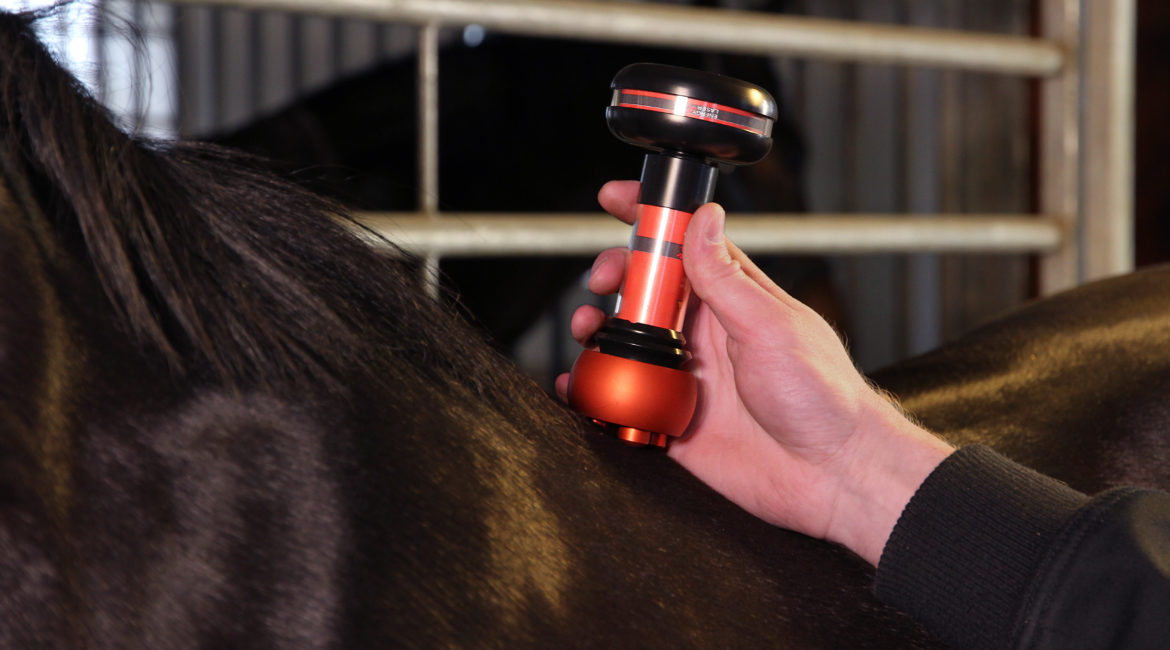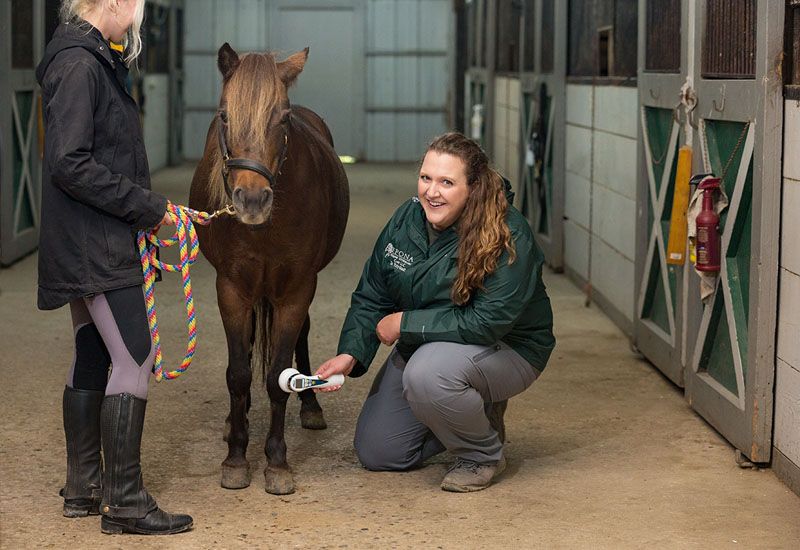Equine Therapy Success Stories: Genuine Individuals, Genuine Psychological Improvements
Equine Therapy Success Stories: Genuine Individuals, Genuine Psychological Improvements
Blog Article
Examining the Performance of Laser Therapy in Horse Treatment for Injury Recovery
The examination of laser therapy's performance in equine injury rehab depends upon multiple elements, consisting of recovery time, pain mitigation, and cells regrowth. Medical research studies suggest noteworthy enhancements in conditions like tendonitis and osteo arthritis, credited to boosted cellular function and elevated ATP manufacturing. Veterinarians regularly observe exceptional results with laser therapy compared to standard techniques, positioning it as an important element in equine treatment. The need for constant surveillance and personalized treatment plans can not be overstated. What particular scientific proof sustains these insurance claims, and how do vets implement these methods in technique?

Comprehending Laser Therapy
Laser treatment has actually come to be a pivotal tool in veterinary medication, specifically in the treatment of equine conditions. Known for its non-invasive nature and effectiveness, laser treatment involves the application of particular wavelengths of light to promote tissue repair and decrease swelling. This therapeutic modality is progressively favored for its capability to increase the recovery procedure in equines experiencing a variety of musculoskeletal injuries and persistent problems.
The main device behind laser therapy is its capability to improve mobile functions. When laser light passes through the skin, it is absorbed by mitochondria, the giant of cells, which leads to enhanced manufacturing of adenosine triphosphate (ATP) This biochemical energy increase facilitates cellular fixing and regrowth. In addition, laser therapy promotes vasodilation, enhancing blood circulation and oxygen distribution to broken tissues, therefore expediting healing.
In equine medicine, laser therapy is especially useful for conditions such as tendonitis, osteoarthritis, and wound recovery. The method is admired for its pain-relieving residential properties, enabling horses to gain back flexibility and function a lot more quickly. Vets additionally appreciate its very little adverse effects compared to various other treatment methods, making it a dependable and secure choice for equine treatment.
Just How Laser Treatment Functions
To understand how laser therapy functions, it is crucial to explore the interaction between light power and biological tissues. Laser therapy, additionally called Low-Level Laser Therapy (LLLT) or photobiomodulation, employs details wavelengths of light to pass through tissues and stimulate cellular processes. The mechanism pivots on the absorption of photons by cell chromophores, primarily within the mitochondria, which are crucial for energy manufacturing.
Upon absorption, these photons activate a series of biochemical adjustments, enhancing mitochondrial function and resulting in increased adenosine triphosphate (ATP) production. This rise in ATP speeds up cellular metabolism, advertising cells fixing and regeneration. In addition, laser therapy regulates inflammatory actions by affecting cytokine degrees and minimizing oxidative stress, therefore easing pain and swelling.
Another considerable aspect of laser treatment is its duty in additional reading enhancing microcirculation. The therapy advertises vasodilation, boosting blood flow and oxygen distribution to broken tissues. This helps with the removal of cellular particles and sustains the spreading of fibroblasts and collagen synthesis, vital for injury healing.
Medical Proof
The efficacy of laser treatment in equine therapy has been confirmed with numerous professional studies, showcasing its therapeutic prospective throughout a variety of conditions. A study performed by Turner et al. (2012) showed that horses treated with low-level laser treatment (LLLT) for ligament injuries exhibited sped up recovery compared to find out here now those getting conventional treatments.
In a similar way, research by Johnson and associates (2015) concentrated on equine muscle mass injuries, disclosing that laser therapy considerably quickened muscle fiber regrowth and decreased muscle rigidity. Clinical evaluations have revealed that laser therapy can relieve persistent conditions such as osteoarthritis.
Veterinarian Insights
Vet professionals have increasingly identified the worth of laser therapy in equine treatment, citing both empirical proof and direct experience. Dr. Jane Smith, a leading equine vet, notes that laser treatment has revealed remarkable efficacy in lowering inflammation and speeding up cells fixing.
Veterinarians additionally appreciate the adaptability of laser therapy. It can be employed for a large range of problems, from shallow wounds to much deeper musculoskeletal injuries. Dr. Emily Brown highlights its energy in dealing with conditions like tendonitis and osteo arthritis, where conventional treatments typically drop brief. She explains that laser therapy can be customized to the specific needs of each equine, making certain ideal outcomes.

Practical Considerations
A vital facet of implementing laser therapy in equine treatment involves recognizing the useful factors to consider that guarantee its efficacy and safety. Primarily, it is crucial to choose the appropriate laser tool, as various kinds differ in wavelength, power, and infiltration depth. Veterinarians should be skilled in these parameters to tailor therapy methods effectively to every injury type
Furthermore, the frequency and duration of laser treatment sessions need cautious preparation to optimize restorative advantages while lessening any potential adverse results. Consistent monitoring of the equine's reaction to treatment can lead essential changes in the therapy routine. Establishing a safe and controlled setting during therapies is likewise important to protect against accidental exposure to laser emissions, which might damage both the steed and the handler.
Educating and accreditation of personnel providing laser treatment are paramount to ensure proper technique and to support safety requirements. In addition, maintaining exact documents of each session, consisting of laser setups and observed end results, is vital for examining the overall performance of the therapy and for making data-driven decisions.
Conclusion
Laser treatment has actually become an efficient technique in equine injury rehabilitation, using substantial advantages in recovery time, discomfort relief, and cells healing. Professional studies highlight substantial enhancements in problems such as tendonitis and osteoarthritis, credited to boosted mobile function and increased ATP production. Vet observations support these findings, highlighting premium end results compared to conventional therapies. For ideal outcomes, continual tracking and personalized treatment protocols continue to be important in leveraging the complete possibility of laser treatment in equine care.
Report this page